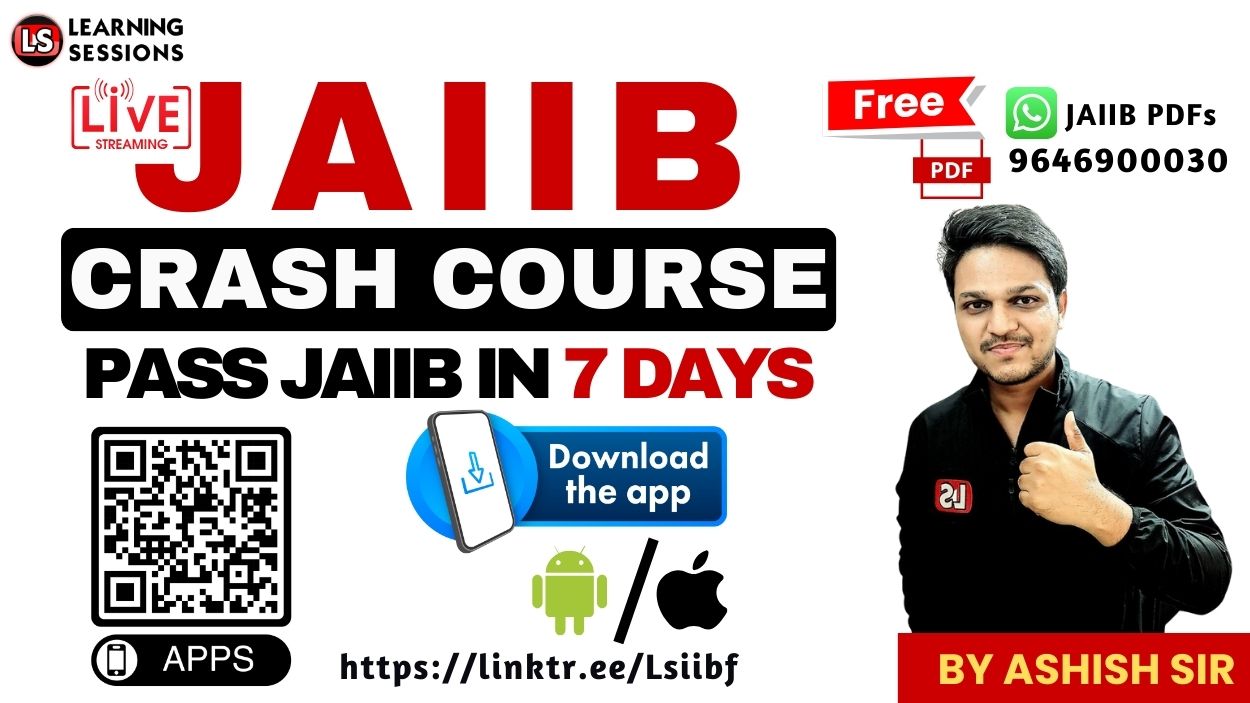👉 WATCH FULL VIDEO FIRST
📚 JAIIB Study Resources 📚
👉 Check Here
👉 Check Here
👉 Check Here
👉 Get Tests Here
👉 Check Here
📚 CAIIB Study Resources 📚
👉 Check Here
👉 Check Here
👉 Check Here
👉 Get Tests Here
👉 Check Here
👉 Click Here
👉 Click Here
Background: The Evolution of Cheque Clearing in India
Cheque clearing in India has evolved over decades — from physical movement of cheques to electronic image-based systems under CTS. Earlier, cheques had to be physically sent to clearing houses and returned if dishonoured, which involved long turnaround times.
The Cheque Truncation System (CTS), introduced by RBI, digitised this process. Cheque images and MICR data replaced the need for physical movement, significantly reducing time and cost. However, even under CTS, banks operated in **batch windows** (for example, morning and evening clearing). This meant customers still had to wait until the next day for their cheque to clear.
RBI’s latest announcement of Continuous Clearing and Settlement on Realisation aims to eliminate that waiting time. Instead of batch sessions, the system will now process cheques continuously throughout the day, enabling hourly settlements.
What is Continuous Clearing and Settlement on Realisation?
The RBI’s new system — commonly referred to as CTS-T0 — stands for “Clearing and Settlement on Realisation.” Here’s how it differs from the previous model:
- Batch vs Continuous Processing: Instead of grouping cheques for clearing twice a day, banks will process each cheque as soon as it’s presented.
- Hourly Settlements: Settlement cycles will take place hourly, starting from 11:00 AM and continuing throughout the day.
- Faster Fund Credit: Once the cheque is confirmed and settled, the beneficiary bank must credit funds to the customer within one hour.
- Deemed Approval Rule: If a drawee bank fails to confirm a cheque within the prescribed time, it will be considered automatically approved for settlement.
- Transparency and Real-Time Updates: Customers and banks will receive instant updates on cheque status through integrated channels and dashboards.
RBI’s Roll-Out Plan: Two Phases of Implementation
The RBI has designed a two-phase rollout plan to ensure smooth implementation across all banks and clearing houses in India. Let’s break it down clearly:
| Phase | Effective Date | Presentation Window | Drawee Bank Confirmation Deadline | Settlement Frequency | Beneficiary Fund Credit |
|---|---|---|---|---|---|
| Phase 1 | 4 October 2025 | 10:00 AM – 4:00 PM (Single Session) | By 7:00 PM Same Day | Hourly from 11:00 AM | Within 1 Hour of Settlement |
| Phase 2 | 3 January 2026 | 10:00 AM – 4:00 PM (Single Session) | Within 3 Hours of Cheque Receipt (T+3 Clear Hours) | Hourly Continuous Settlement | Instant or Within 1 Hour of Settlement |
Exam Tip 💡: Remember the dates (October 4, 2025 and January 3, 2026), the 10 AM – 4 PM window, and the “T+3 clear hours” rule — these are likely to appear in upcoming JAIIB / CAIIB exams.
Why RBI Introduced Continuous Clearing
The RBI’s move is not just a technical upgrade — it’s a strategic reform aimed at making the Indian payment system faster, safer, and globally competitive. Here are the key objectives behind it:
- Enhancing Speed and Efficiency: To ensure cheques clear on the same day, reducing float time and improving liquidity.
- Reducing Settlement Risk: Real-time processing eliminates the lag that often creates exposure risk for banks.
- Operational Excellence: Encourages automation and integration of cheque processing systems with real-time monitoring.
- Customer Convenience: Faster funds availability improves the overall banking experience.
- Alignment with Digital Payments Vision 2025: RBI’s broader vision includes making all payment systems — from NEFT to UPI to CTS — operate in near-real time.
Impact on Banks, Branches, and Customers
For Banks and Branches 🏦
- Branches must scan and forward cheque images immediately upon receipt during session hours.
- Drawee banks must set up robust systems to respond within 3 hours (Phase 2).
- Clearing houses will run hourly settlements, requiring stronger IT infrastructure and automation.
- Training will be crucial — staff must understand new deadlines, exception handling, and communication protocols.
- RBI may impose compliance checks to ensure banks follow the revised clearing SLAs (Service Level Agreements).
For Customers 👥
- Cheque deposits will result in much faster credits — same-day in most cases.
- Cheque issuers (drawers) must maintain sufficient balance, as clearance could occur within hours instead of a full day.
- Better predictability of fund availability, enhancing trust in cheque transactions.
- Reduction in float and improved liquidity management for both individuals and businesses.
Key Benefits of Continuous Clearing
- ✅ Same-day credit: Funds available within hours, even for interbank cheques.
- ✅ Reduced return timeline: Dishonoured cheques identified instantly, reducing customer inconvenience.
- ✅ Better liquidity for businesses: SMEs and corporates will benefit from quicker access to working capital.
- ✅ Operational cost savings: Less manual work and reduced overnight reconciliation.
- ✅ Technological advancement: Strengthens India’s move toward 24×7 banking systems.
Exam-Relevant Questions for JAIIB / CAIIB
Here are some potential objective and descriptive questions you can expect based on this RBI reform:
- What is Continuous Clearing and Settlement on Realisation (CTS-T0)?
- From which date will Phase 1 of continuous clearing commence?
- What are the timelines for Phase 2 of this reform?
- Define “T+3 Clear Hours” in the context of cheque clearing.
- What is the drawee bank’s confirmation deadline under Phase 1?
- Explain the “Deemed Approval” concept under CTS-T0.
- List the major advantages of this system for customers.
- How will this system reduce settlement risk for banks?
- Compare CTS-T0 with the traditional batch-clearing system.
- Under what circumstances can RBI impose penalties for non-compliance?
👉 Download FULL PDF Here
Best Example of Faster Cheque Clearance
Suppose a customer deposits a cheque of ₹1,00,000 at 10:30 AM in Bank A. Under the new system:
- The cheque image is scanned immediately and sent to the clearinghouse by 10:35 AM.
- It reaches the drawee bank (Bank B) by 10:40 AM.
- Bank B must confirm the cheque by 1:40 PM (within 3 hours under Phase 2).
- Settlement occurs in the next hourly batch (around 2:00 PM).
- Beneficiary account is credited by 3:00 PM — same day!
This efficiency brings cheque processing closer to instant digital transactions like NEFT or IMPS — a major milestone for India’s banking ecosystem.
Ready to Boost Your JAIIB / CAIIB Preparation?
If you’re preparing seriously for JAIIB / CAIIB 2025, mastering RBI’s latest updates is crucial. Our Complete Banking Exam Course provides everything you need:
- 🎥 Concept-wise bilingual video lectures
- 📘 Chapter-wise ePDFs
- 🧠 5000+ Practice MCQs
- 📅 Live classes & doubt sessions
- 📈 Coverage of all recent RBI guidelines (like CTS-T0, Basel III, Digital Banking Units, etc.)
👉 Check Our Courses
Conclusion
The RBI’s move towards Continuous Clearing and Settlement on Realisation marks a new era of speed, reliability, and efficiency in cheque transactions. By shifting from batch-based to continuous real-time processing, India is aligning its cheque clearing system with global best practices.
For banking aspirants, understanding the mechanism, objectives, and implications of this update is not just beneficial — it’s essential. Questions on payment systems, clearing and settlement, and RBI’s role are frequent in JAIIB / CAIIB examinations.
Stay informed, stay updated, and keep learning with every RBI circular that shapes the future of Indian banking. 🌐







